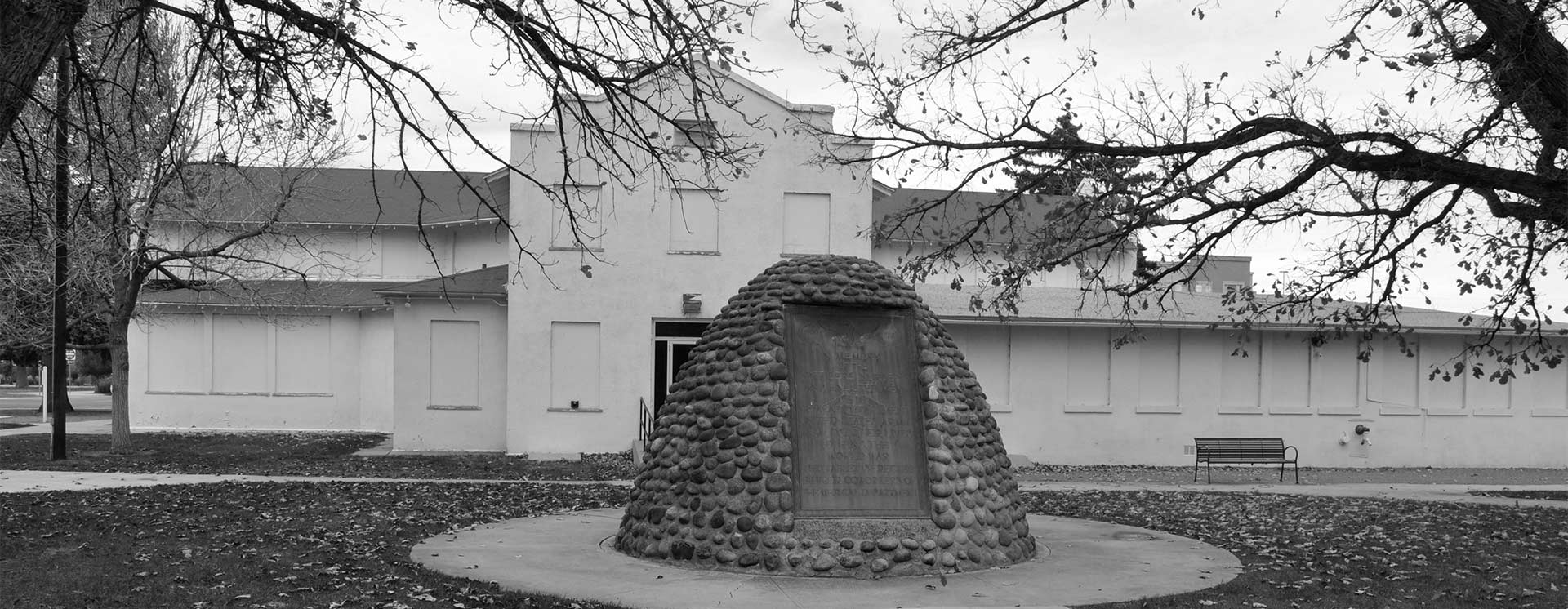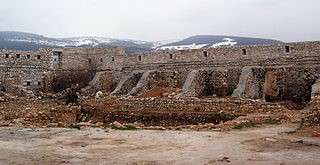
World War One Sites - The NETWORLD Database
Weissbastion (Bijela tabija) in Sarajevo, Bosnia and Herzegovina
Part of the earlier Ottoman fortification system of Sarajevo, White bastion was architecturally and functionally upgraded during the Austro-Hungarian rule, and it was partially turned into barracks. It hosted Austro-Hungarian military facilities, artillery and infantry up to 1918. It was used for military purposes well after WWII.
Bosnia and Herzegovina,
Type of WWI-heritage
- Military Fortification
Dimensions
cca. 75 m x 50 m
State of repair/preservation
Derelict, partially destroyed, pending conservation and/or restauration.
Historical WWI Context
Originally built in XVI-XVII century, White bastion fortress was later upgraded by Ottoman (1730s) and Austro-Hungarian army (1878-1918). It is the strongest point within the walls of the old fortifications of Vratnik, and dominates the eastern entrance to the city. The fort is almost inaccessible from the south side and provides extraordinary views. It hosted artillery positions and infantry defense of the Austro-Hungarian army during WWI. The bastion has been partially destroyed, but some parts are in good condition. North of the bastion is an army polygon, used by the army well after WWII. It was the crucial fortress in defence of Sarajevo in the 1914-1915 events.
Recent Images
Historical Images
State of legal protection
Declared national monument (part of Vratnik fortification system) by the Bosnia and Herzegovina Commission to preserve national monuments
Owner
Owner is unknown. It is located in Stari Grad municipality of Sarajevo.
Kind of cultural use of WWI
Guided tour of the Sarajevo fortification system, hiking tour to nearby mountains.
Opening
No information available
Entrance Fee
No information available
Information regarding cities, villages, other touristic attractions (non-WWI) nearby
Accomodation
Public Transport
Minibus, taxi, location is accesible by car, bike, or hike.
Further information sources
„RAKOUSKO-UHERSKÉ PEVNOSTI“, http://opevneni.wz.cz/fraku/n02.html
Wikipedia, https://bs.wikipedia.org/wiki/Bijela_tabija ; https://en.wikipedia.org/wiki/Bijela_Tabija
(BIJELA TABIJA) White Fortress - PROGRAM OF STRUCTURAL REPAIRS, PRESERVATION, RESTORATION AND REVITALIZATION, Institute for the protection of cultural-historical and natural heritage of Canton Sarajevo, 2004, http://www.spomenici-sa.ba/images/stories/pdf/bijelatabijaprogram.pdf
Project “Visualization of White Bastion fortress based on 3D Spatial Documentation of Material Cultural Heritage And Interactive Digital Storytelling», Sarajevo Graphics Group, Faculty of Electrical Engineering Sarajevo, http://h.etf.unsa.ba/bijelatabija/
Kulturno nasljeđe kantona Sarajevo, http://kulturno-nasljedje.com/stari-grad-vratnik/
the Bosnia and Herzegovina Commission to preserve national monuments http://old.kons.gov.ba/main.php?id_struct=6&lang=1&action=view&id=2547
Other heritage sites nearby
- Pašino brdo (Werk IV), Sarajevo, Bosnia and Herzegovina
- Mala kula – Grdonj, Grdonj hill, Sarajevo, Bosnia and Herzegovina
- Fort Vraca in Sarajevo, Bosnia and Herzegovina
- Werk Zlatište military fortification in Sarajevo, Bosnia and Herzegovina
- Prinz Eugen Kaserne (Jajce kasarna), military quarters in Sarajevo, Bosnia and Herzegovina
- "Filipović lager" military barracks in Sarajevo, Bosnia and Herzegovina
- Franz Joseph Kaserne in Sarajevo, Bosnia and Herzegovina
Museums Private Collections
Weissbastion (Bijela tabija) in Sarajevo, Bosnia and Herzegovina
43.859324550629836 18.444477768627962 fileadmin/res/images/layout/standar-marker.pngLocation


